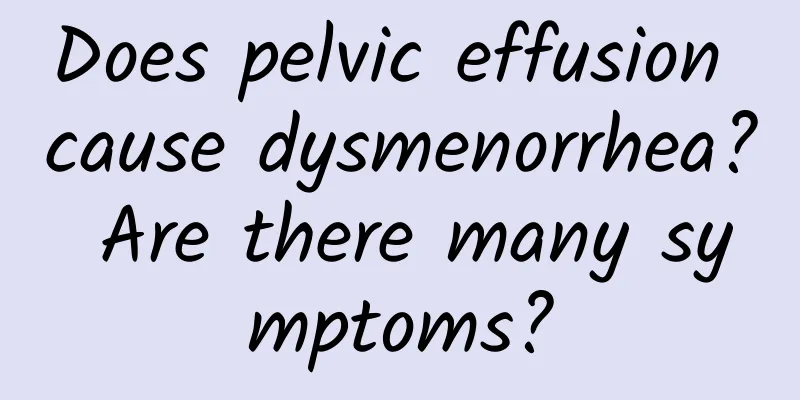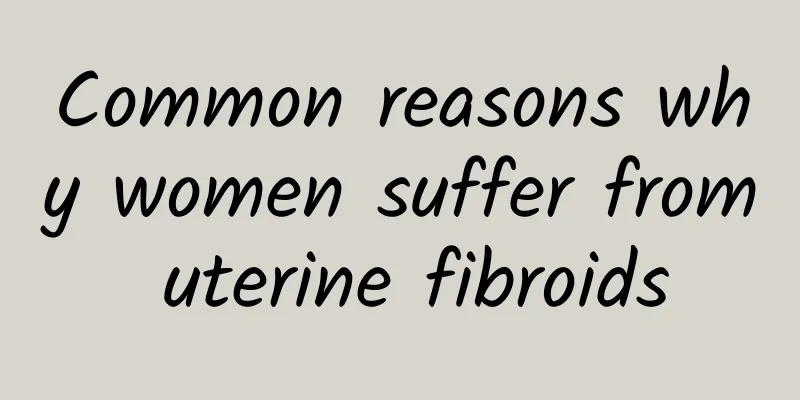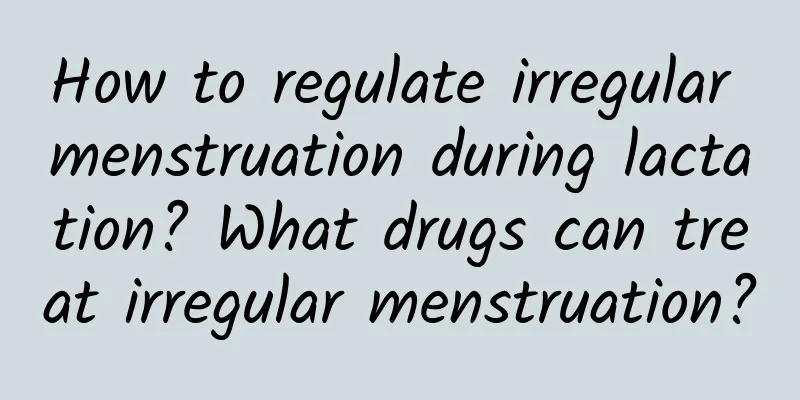A way to regulate menstruation for those with weak constitutions

|
The patient is physically weak, has poor appetite, often has backache and weakness, feels dizzy, has light-colored menstrual flow, and has the urge to defecate during the menstrual period. He has 2-3 or more diarrheas a day, accompanied by severe backache, deep and thin pulse, pale tongue with little coating. He returns to normal after the menstrual period. Many patients have such symptoms themselves, and there are many such patients in the outpatient clinic. Such people are generally weak by nature, and have frequent bowel movements and backache during menstruation. During gynecological examinations, the uterus is often found to be retroverted. The uterus is connected to the kidneys and is related to the Chong and Ren meridians. The belt meridian wraps around the waist and binds the meridians in the lower abdomen. When the middle qi is insufficient, the belt meridian relaxes, and the kidney qi is deficient, the uterus tilts backwards and its position is close to the rectum. Usually, except for frequent backache, there is no effect on the bowel movements. However, when the menstrual water comes, the blood sea is full, the uterus is more swollen, and the rectum is compressed, so the backache is aggravated, and there is a desire to defecate. The feces in the intestines have not yet dried, and because the rectum is forced, it is discharged immediately, so the frequency of bowel movements increases, resulting in loose stools. After the menstrual period, the blood sea is relatively empty, the rectum is not compressed, and the bowel movements return to normal. This type of patients has insufficient middle qi, kidney deficiency and weak spleen. The treatment is mainly to tonify the middle qi and lift the belt meridian, and Cimicifuga is the most important one. The Compendium of Materia Medica says that it can treat "long-term diarrhea, dysentery, heaviness in the lower back, turbidity, leucorrhea and metrorrhagia." It is nothing more than taking the power of lifting and lifting, which can tonify the stomach and stomach and consolidate the belt meridian, so it is the main medicine for this syndrome. Ginseng, Atractylodes, Poria, and Chen nourish the spleen and stomach and benefit the middle qi. When combined with Cimicifuga, the efficacy is more significant. Angelica regulates menstruation and replenishes blood, Cyperus regulates menstruation and benefits qi, Aucklandia strengthens the spleen and stops diarrhea, and Zhong, Duan, and Morinda officinalis consolidate kidney qi and strengthen the waist and knees. In addition, it is assisted by physical therapy. When sleeping, face down and back up so that the posteriorly tilted uterus can be corrected, which can achieve twice the result with half the effort, complement each other, and increase the efficacy. |
<<: The most important thing is the harm of abortion
>>: Psychological therapy for amenorrhea should not be ignored
Recommend
Will ovarian cysts affect ovulation and cause miscarriage?
Ovarian cysts are difficult to diagnose in the ea...
What are the sequelae of pelvic inflammatory disease? Use the method suitable for the condition
Any disease should be treated promptly, because d...
Will uterine fibroids recur after surgery? How to perform interventional treatment after uterine fibroids surgery
When many female friends find out that they have ...
Is cervical erosion surgery painful?
Cervical erosion is an old name, and now it is cl...
Create perfect curves! Follow the Korean fitness coach and do these 3 fitness stretching exercises
You will regret it if you don’t do it! If you wan...
Drinking corn soup icy cold ~ these 2 benefits are so unexpected!
Drink ice cold corn chowder, you read that right!...
Treatment of gynecological adnexitis in the elderly
Adnexitis requires appropriate treatment based on...
What should you not eat if you have uterine fibroids? Top 10 foods that are forbidden for uterine fibroids
What should you not eat if you have uterine fibro...
What are the causes of uterine fibroids?
The incidence of uterine fibroids has shown a cle...
What are the symptoms of uterine fibroids? What should I do if I have uterine fibroids?
Uterine fibroids are common benign tumors in the ...
Dietary considerations for vaginitis
The symptoms of vaginitis are very obvious, such ...
Poor sleep makes it difficult to lose weight. Three principles for improving sleep and losing weight
If you still find it difficult to lose weight by ...
What should pregnant women with uterine fibroids eat more? What should pregnant women with uterine fibroids eat more?
What should pregnant women with uterine fibroids ...
Experts explain the common causes of ovarian cysts
Ovarian cysts are a gynecological disease that ca...
What prescriptions does traditional Chinese medicine use to treat menopause?
A widely used method for menopausal syndrome is h...









